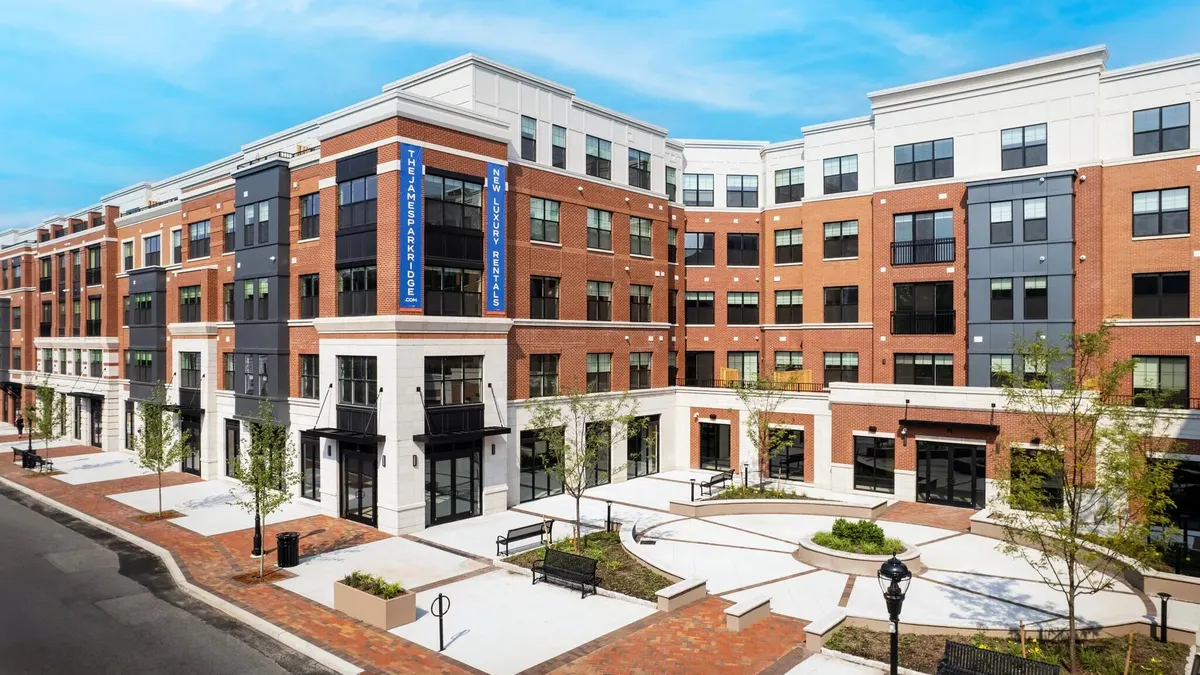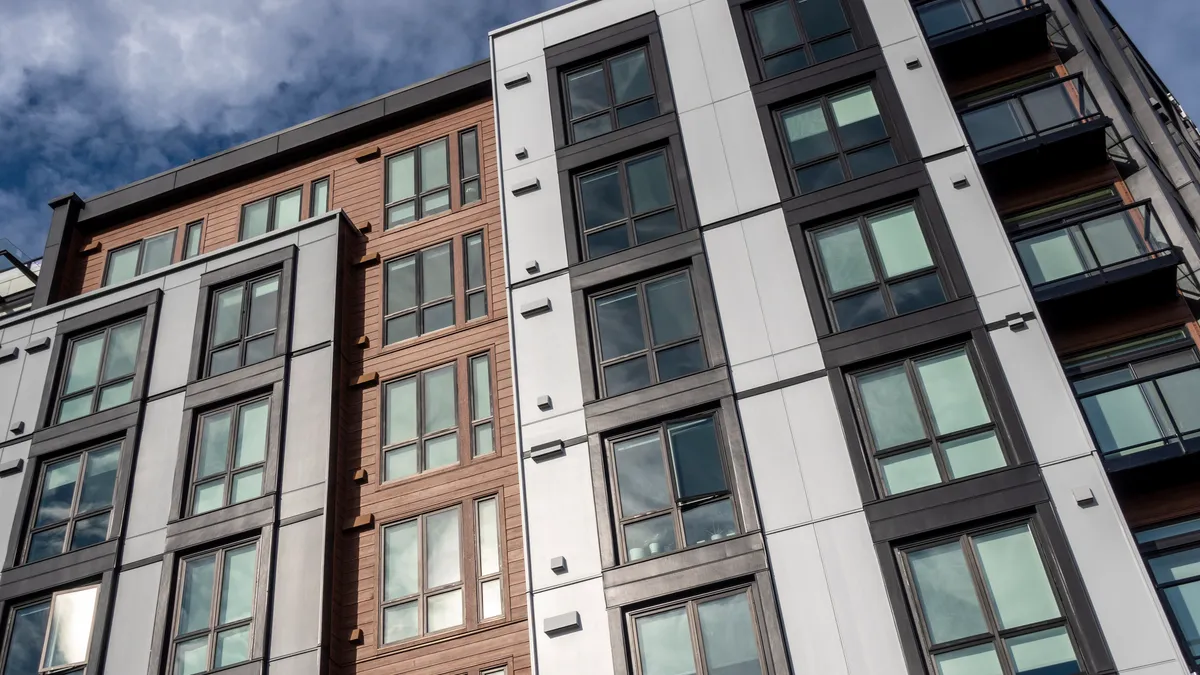Participants on last month’s earnings call from Camden Property Trust were treated to music from Guns N’ Roses as they waited for the meeting to begin.
While CEO Ric Campo may well be a fan of the musical stylings of Axl Rose and Slash, the Houston-based REIT’s founder and long-time dealmaker was really just sending a not-so-subtle message: If you want to find a deal on apartment properties today, all you need is just a little… patience.

“The bid-ask for multifamily assets is as wide as I can ever recall,” Campo said. “Some seem to be hoping that valuations will return to last year's peak. Some sellers acknowledged a decline in valuations by 10% to 15%. But buyers point to a dramatically different macro backdrop now versus last year and reckon values should be lower.”
Campo said the standoff won't end until buyers and sellers “adjust their views and valuations and meet somewhere in the middle.” For that to happen, buyers and sellers need to have a handle on comparable sales in this new environment and understand how much debt costs, which will only occur after there’s some certainty about when the Federal Reserve’s interest rate hikes will end.
Uncertain signals
Although there are some apartment transactions occurring, they aren’t the type that will bring buyers and sellers together on values. When properties do sell, many buyers, like Bethesda, Maryland–based RailField Partners and Baltimore-based Continental Realty Corp., are assuming the seller's loan and interest rate — originated at a time when debt was cheaper.
But that makes it hard to discern the asset's actual value.
“I would also say that a majority of what's selling right now continues to be loan assumptions,” A. Bradley Hill, chief investment officer for Memphis-based REIT MAA, said on the company’s fourth-quarter conference call. “And so that kind of masks what true cap rates are out in the market, and we just need volume to really help us see that.”

The potential increase in forced sales this year adds even more uncertainty to the mix. Some firms may have a capital structure that causes them to put assets on the market, or they may face a refinancing risk.
“The owners who have variable-rate loans and their interest rate caps are expiring, especially if they do not have good operations, are going to be in big trouble,” said Gautam Goyal, CEO of Houston-based Three Pillars Capital.
But not everyone is sure these sales will permanently reshape pricing.
“We see this as more of a market freeze,” said Mike Madsen, vice president of acquisitions and economics at Salt Lake City, Utah–based RealSource Properties. “Are values really down 25%? Well, when you've got maturing debt, then today's prices could be down somewhere between 15% and 25% from the peak, depending on the market.”
But Madsen wonders if these distressed prices will ultimately represent property values. “I think people are confident that the market will be higher in 12 months and certainly in 24 months than it is today,” he said. “That's why you don't see many people selling right now.”
Signals for the Fed
For sellers that aren’t under pressure, there’s no need to put properties on the market right now when debt costs are a moving target. On Denver-based REIT UDR’s fourth-quarter earnings call, president and chief financial officer Joe Fisher said sellers are looking for cap rates in the 4% range, while buyers prefer something in the high 4% neighborhood.
As debt costs stabilize, Fisher could see cap rates settling in the mid-4% to low-5% range. When that happens, high-net-worth groups, pension funds and closed-end funds should get active.

“You do have a pretty good buyer set out there in terms of unlevered buyer pools or individuals that already have capital raised,” Fisher said.
Right now, those groups need certainty. “Everybody just needs to know what the rules of the road are,” said Kyle Draeger, senior managing director of multifamily debt and structured finance at CBRE Capital Markets. “And nobody knows what those will be until the Fed stops raising rates. Once you get stability and once the Fed says they’re going to take their foot off the gas, you can get an understanding of where interest rates are going to be.”
When that happens, Yonah Sturmwind, manager of specialty originations at Chicago-based Alliant Credit Union, thinks volumes could increase due to buyers and sellers having more clarity to transact, leading to increased volume in the second half of the year and into 2024.
“A lot of people don’t necessarily think rates need to come back down for transactional activity to come back again, but there has to be some level of certainty about where rates are,” Sturmwind said.
But no one knows when the Fed will ease off rate increases. On one hand, issues in the banking sector may force it to take its foot off the gas. On the other, the unemployment rate sits at 50-year lows.
“I do think that there's definitely a wait-and-see attitude and that will continue, probably until there's just more clarity,” Campo said.
Until then, multifamily investors will just need to be patient.
Click here to sign up to receive multifamily and apartment news like this article in your inbox every weekday.


















